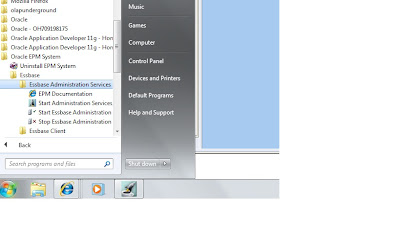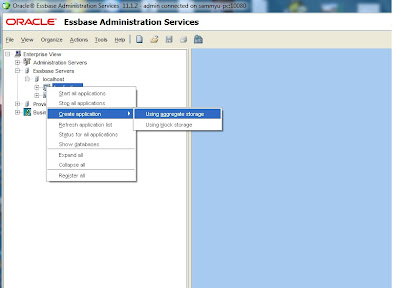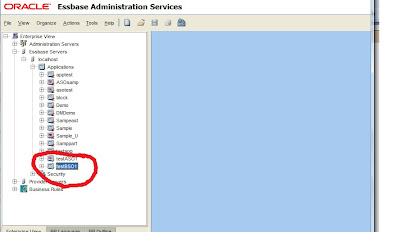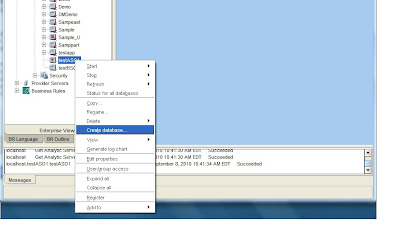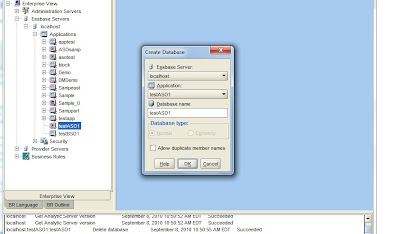So had to take a detour querying planning relational repository and now there is standard list of tables in there.I did some research creating a test app and studied the planning tables combining with some pieces information in few blogs.Posted on oracle forums to gather some more information .After that with my own test application assigned some security to some of the dimensions to make up some data into the tables.
Finally a nd slowly Took some 5+ weeks to explore the planning tables entirely .It wasn't that hard though.
This is a one of the version of sql query i wrote........
SELECT HSP_OBJECT.OBJECT_NAME,
HSP_OBJECT_1.
CASE HSP_ACCESS_CONTROL.ACCESS_MODE
CASE HSP_ACCESS_CONTROL.FLAGS
WHEN 9 THEN 'IDESCENDANTS' END AS ACCESSLEVEL,
HSP_OBJECT_TYPE.TYPE_NAME, HSP_OBJECT_1.GENERATION,
CASE HSP_OBJECT_1.HAS_CHILDREN
HSP_
FROM HSP_OBJECT AS HSP_OBJECT_2 INNER JOIN
HSP_ALIAS ON HSP_OBJECT_2.OBJECT_ID = HSP_ALIAS.ALIAS_ID RIGHT OUTER JOIN
HSP_OBJECT INNER JOIN
HSP_GROUP ON HSP_OBJECT.OBJECT_ID = HSP_GROUP.GROUP_ID INNER JOIN
HSP_OBJECT AS HSP_OBJECT_1 INNER JOIN
HSP_ACCESS_CONTROL ON HSP_OBJECT_1.OBJECT_ID = HSP_ACCESS_CONTROL.OBJECT_ID INNER JOIN
HSP_OBJECT_TYPE ON HSP_OBJECT_1.OBJECT_TYPE = HSP_OBJECT_TYPE.OBJECT_TYPE ON
HSP_
WHERE (HSP_OBJECT_1.OBJECT_TYPE IN (31, 32, 33, 35, 50))
ORDER BY HSP_OBJECT_1.OBJECT_TYPE


